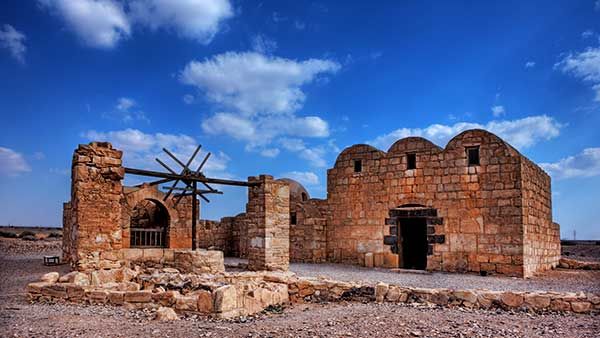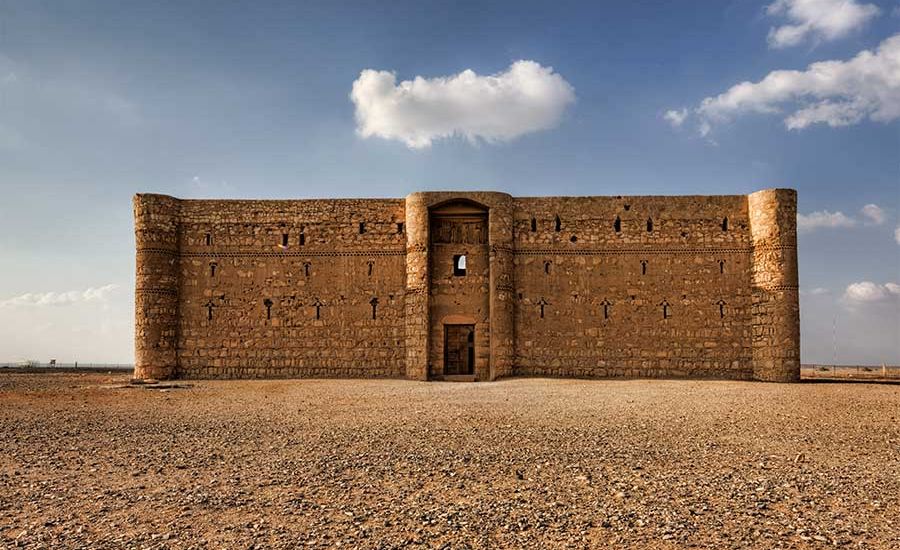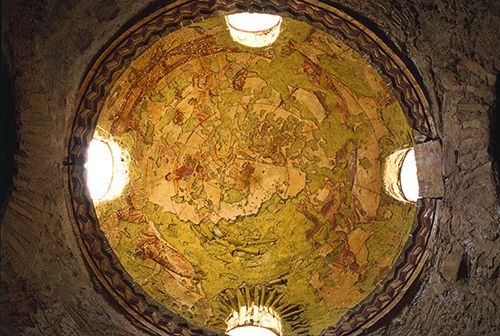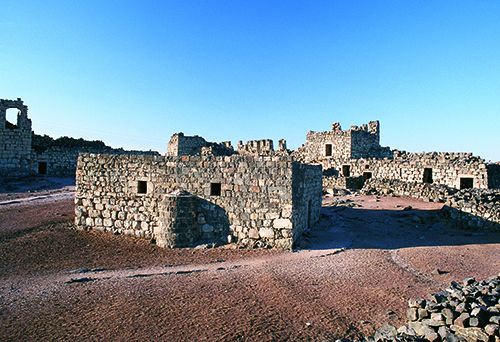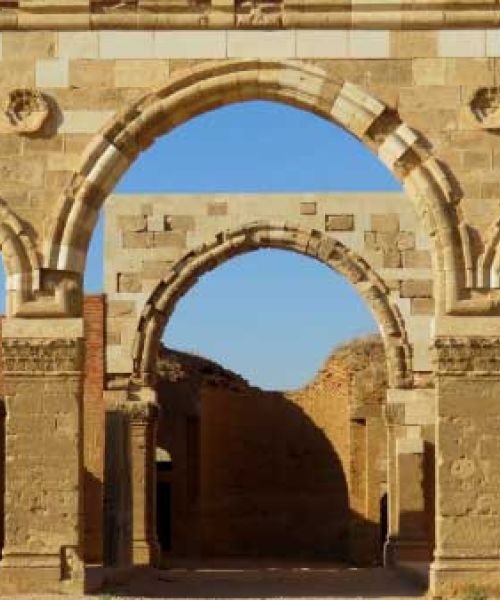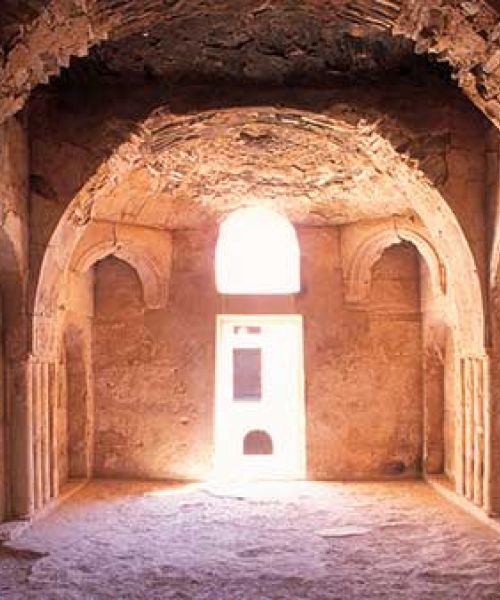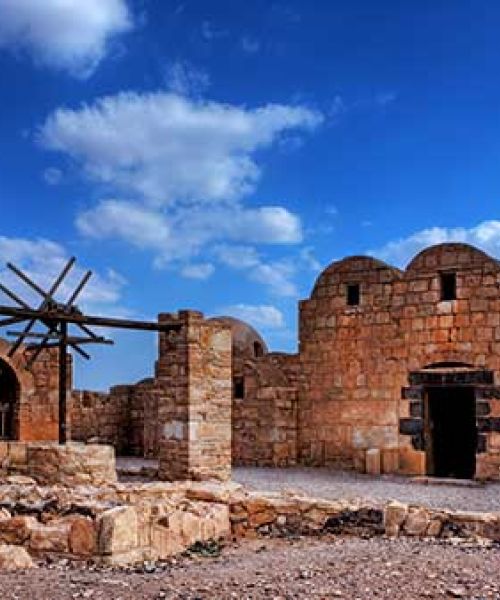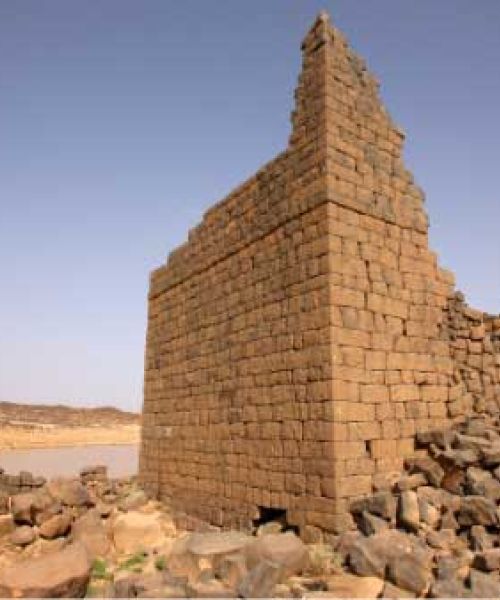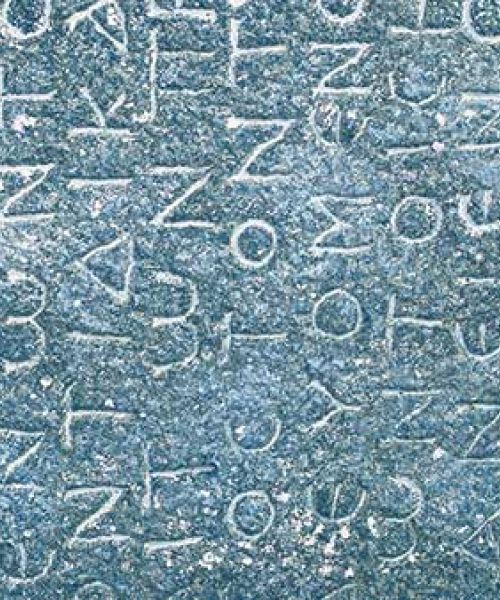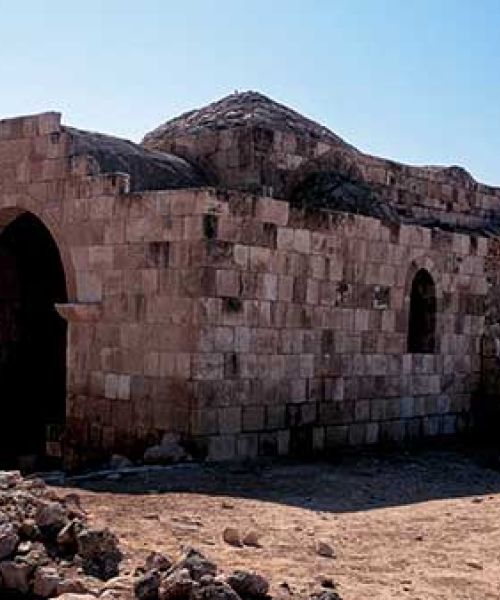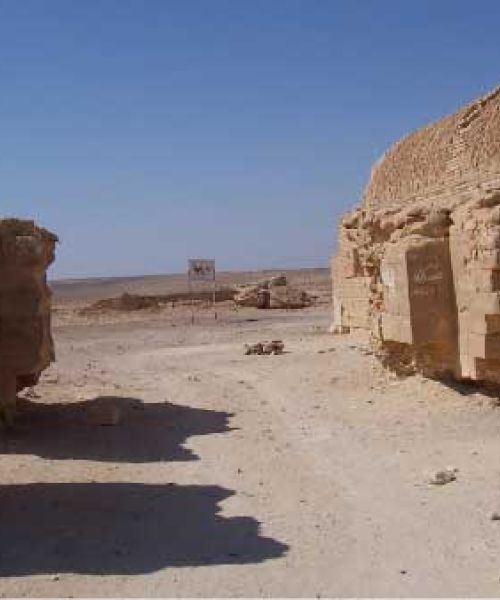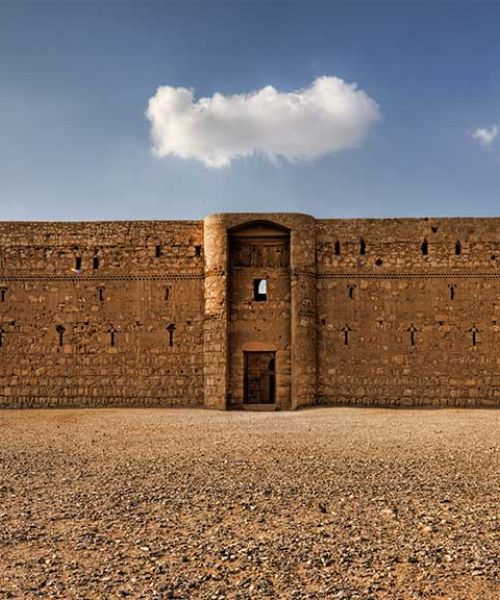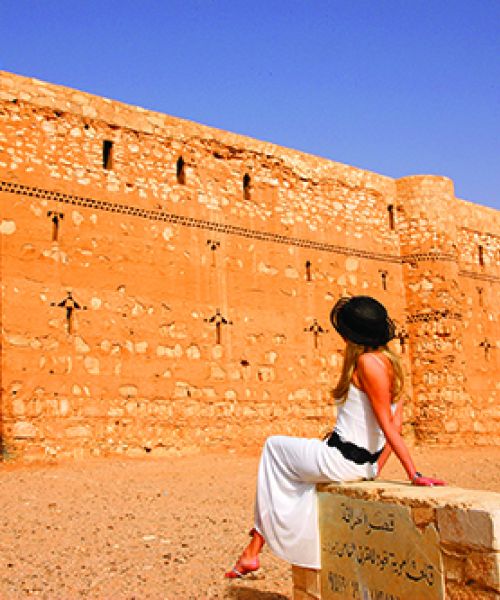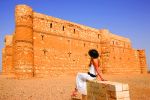desert-castles
- Home
- About Us
- Our Tours
- All Our ToursList All Tours Programs
- Jordan Highlight Plus5 Days And 4 Nights
- Jordan Highlights5 Days And 4 Nights
- Jordan Classic Tour7 Days And 6 Nights
- Glance Of Jordan4 Days And 3 Nights
- Petra Weekend Tour3 Days And 2 Nights
- Biblical Jordan8 Days And 7 Nights
- Jordan Beauty9 Days And 8 Nights
- Jordan & Jerusalem Tour8 Days And 7 Nights
- Jordan Culture Tour6 Days And 5 Nights
- Jordan Classic Plus8 Days And 7 Nights
- Jordan’s Treasure4 Days And 3 Nights
- Tailor Made TourCraft Your Private Trip
- Day Trips and Excursions Tours
- Self Driving - Car Rental
- Explore Jordan
- Blogs and Activities
- Travel Information
- Contact Us

